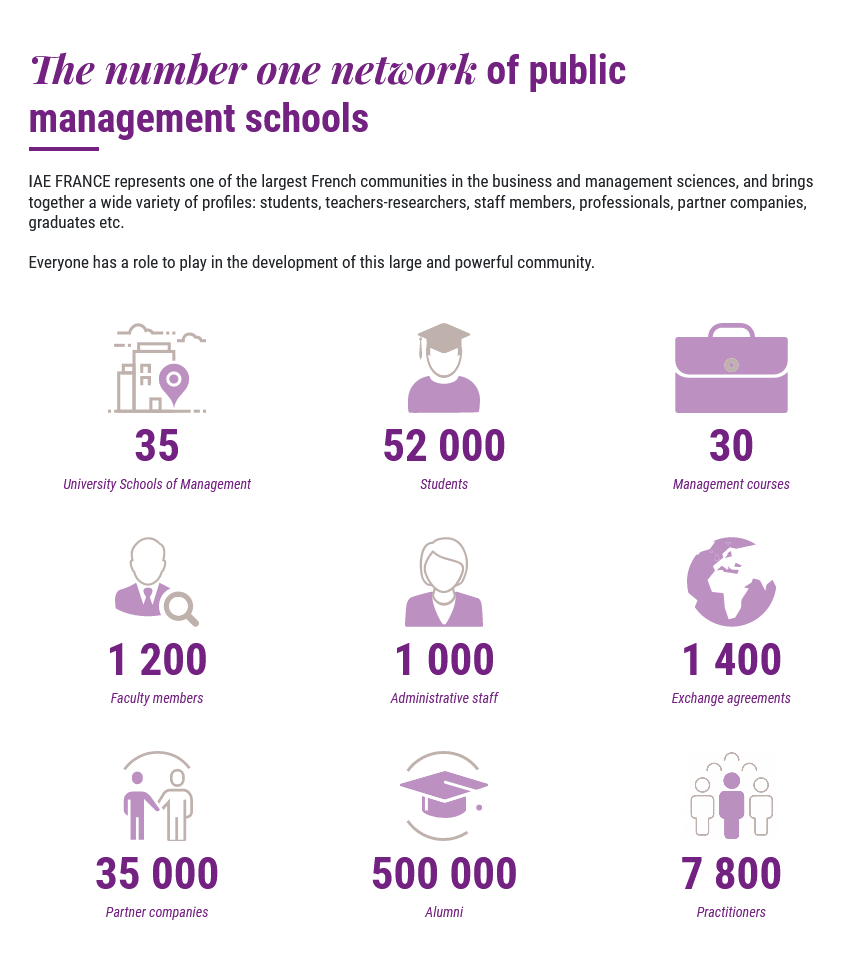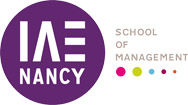
|
HISTORY Gaston Berger, director of higher education at the Ministry of Education, created the first IAEs in 1955. These were new kinds of establishments inspired by the American model, offering management training in connection with universities. The origins of IAEs date back to the 1950s. At the time, France offered no management options within universities. In contrast, the economic boom in the United States was fuelled by teams of engineers and managers from the best business schools attached to universities. In the midst of reconstruction, France sorely lacked managers as the Trente Glorieuses (30 glorious years) began. In 1955, Gaston Berger, director of higher education at the Ministry of National Education, was seeking to renew higher education and planned to introduce universities open to business inspired by the American model.. He thereby created the first IAEs under the name of IPA (‘business preparation institutes’). Aix-en-Provence, Bordeaux, Dijon, Rennes and Toulouse were the first of these new kinds of establishments, offering management courses in connection with universities. At first these pioneering IAEs were institutes offering only a single diploma, the CAAE (‘certificate of aptitude for business administration’, which has evolved into the MAE Master), with a ground-breaking positioning on « double competence ». The purpose of the diploma was to provide management skills to engineers and graduates coming mainly from the Faculties of Law, Letters and Sciences. It was a flagship diploma for the IAEs, designed so that it could be followed in one year via evening classes. It was a French-style mini-MBA with teaching based on case studies, an innovative approach at the time. The development of IAEs was made possible by a number of collective strengths. For most IAEs, one of the most important was the fact that they gradually acquired a special status within universities (article 713-9 of France’s Education Code) allowing them a certain autonomy in their actions, with a specific board of directors whose president was a company director. |
For almost 20 years, the CAAE was the core and source of success for most IAEs. The diploma, central to the history of IAEs, gained national recognition, both among students and in the business world. The arrival of the 21st century coincided with IAEs the transition to the Degree-Master-PhD approach in 2005.have perfectly integrated this change in the structure of higher education by creating new Masters in line with international standards. These have proved a success both in terms of their attractiveness to students and enhanced career development. In 2004, faithful to their pioneering spirit, IAEs were the first to jointly develop quality approaches within universities through certification that guarantees both good operational criteria and permanent attention from different actors within IAEs. In 2014, aware of their attractiveness, both with students and the socio-economic world, IAEs took action to consolidate their good name at the national scale by working on their brand identity. The National Association of IAEs was therefore renamed IAE FRANCE and a national campaign « Do you have the IAE spirit ? » was launched in order to improve visibility and unite the whole community around common values. Today, the network comprises 35 IAEs, each with its own unique story and university and regional context. |

